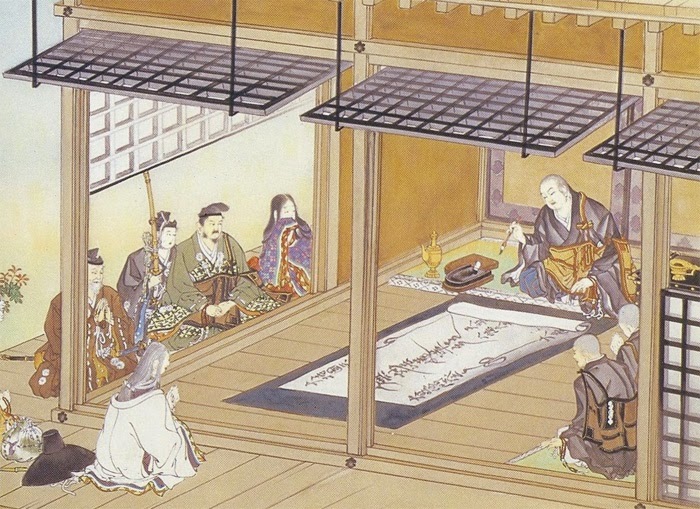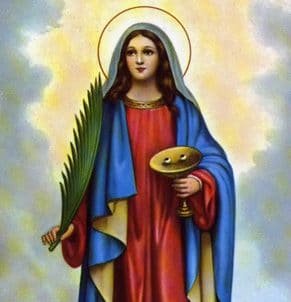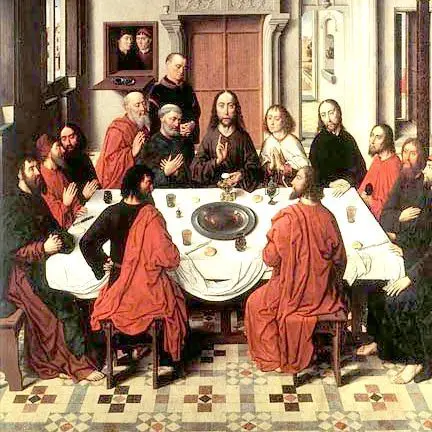Within the world of Buddhism, there are different branches or doctrines that can be freely practised by anyone. One of these different doctrines is Nichiren Daishonin Buddhism, which we will talk about shortly (see also: Nirvana Buddhism).
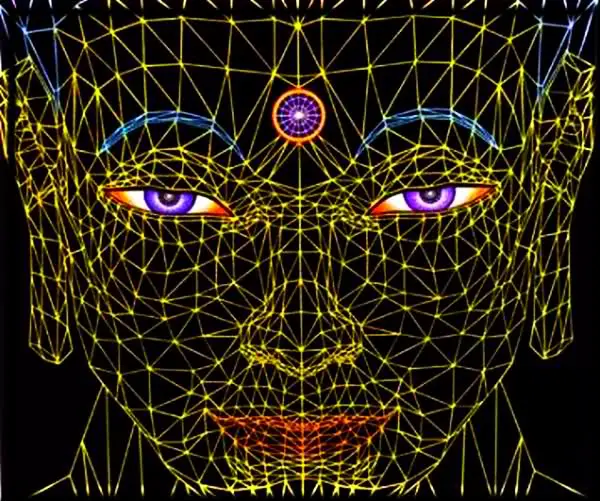
The Buddhism of Nichiren Daishonin
Just as there are many varieties of Christianity, so there are many varieties of Buddhism, because since its inception and throughout the years, many people have shaped its beliefs about how to attain enlightenment and passed them on to their followers.
Nichiren Daishonin was one such Buddhist monk who, by studying the Buddhism of his time and observing the practice of other monks, came to the conclusion that many of these branches had deviated from the original path of Buddhism taught by Siddhartha.
According to Nichiren’s beliefs and based on the texts of Siddhartha, the Lotus Sutra, Nichiren concluded that all human beings have an innate Buddha nature which enables them to attain the state of enlightenment in their present form and existence.

That is, with proper practice and teachings, people can attain the state of enlightenment. On the other hand, Nichiren argued that many branches of Buddhism at that time had deviated from orthodox Buddhism.
Because of his observations, Nichiren at one time disagreed with many Buddhist leaders of the time, just as those leaders disagreed with Nichiren’s teachings, but as time went on he gained more followers with whom he shared his wisdom.
Nichiren Daishonin’s 10 states of Buddhism
This is quite interesting, the 10 states of humanity expressed by Nichiren is quite interesting. Technically, he was studying human beings and was able to classify their attitudes and personalities into worlds, or states. Here are Nichiren Daishonin’s 10 states of Buddhism:
Hell: “Rabia is the world of hell. Nichiren refers to the state in which man is dominated by anger and destroys everything because he cannot control himself, unleashing hell.
Hunger: “Greed is the world of hunger”. Nichiren refers to the insatiable nature, not only for food, but for clothes, money, shoes, pleasure, fame and all that man can have, but wants more and more.
Animality: “The state of meaninglessness is the world of animality. Nichiren refers to the human condition that lacks all reason, all sense, it is when man is completely dominated by primitive instinct, regardless of morality or ethics, regardless of who you hurt to get what you want.
Anger: “Perversity is the world of anger. Nichiren refers to when a person is dominated by a selfish self. One in this state is compelled by the need to be superior to others in all things, to despise them and to value only oneself.
Serenity: “Serenity is the world of humanity. Nichiren refers to the human state in which a person is at peace, in harmony with himself and his environment, where he can think wisely and calmly to make effective decisions.
Ecstasy: “Joy is the world of ecstasy”. Nichiren refers to the state in which people experience the pleasure that comes from fulfilling their desires.
Self-realisation: Nichiren refers to a state in which one awakens to the impermanence of all things and the instability of the six paths, and seeks a certain permanent truth, aiming to form an idea with the teachings of others.
Wisdom: Nichiren refers to a state in which we can perceive the impermanence of all phenomena and strive to free ourselves from the sufferings of the six paths by constantly seeking an abiding truth from the observations made.
Bodhisattva: Nichiren refers to a state attained by a human being after overcoming the six paths, where the subject not only strives for enlightenment himself, but also engages in compassionate actions for others.
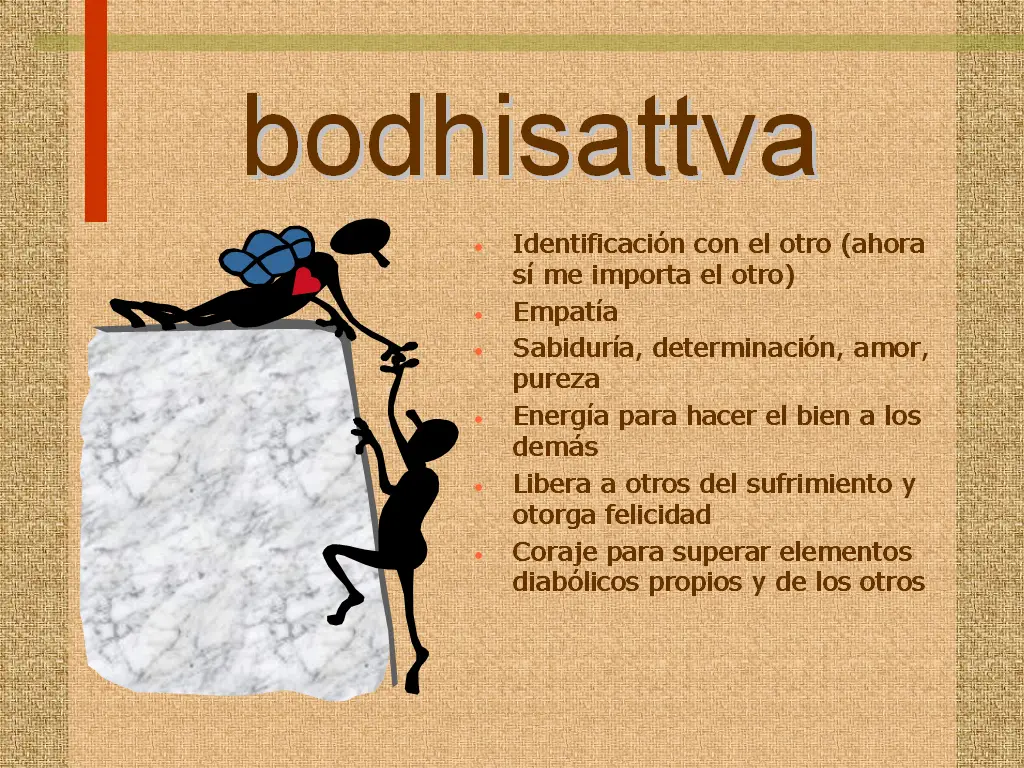
Buddha: The state of enlightenment attained by those who have already transcended all other states and now enjoy unshakable happiness, extraordinary bliss, limitless wisdom and unparalleled compassion. Buddha can perceive the past, present and future.
Phrases
“Life is the most precious of all treasures. Even one extra day of life is worth more than ten million rivers of gold”.
-Nichiren Daishonin
“One can recite the Lotus Sutra with perfect diction, but it is much more difficult to act as it teaches.”
-Nichiren Daishonin
Karma
Buddhism teaches that the cause of misery is not an external force or anything like that, but lies within the person himself, i.e. the cause of misery lies within the person himself, as does the solution to it. When a person commits an act of good or evil, that person becomes the heir of that act.
Karma means ‘action’, and in Buddhism we divide the actions that make up karma into three categories: Actions of the body, actions of the mouth and actions of the mind. The latent power of our actions does not fade with time, it simply remains in our lives.
Every time we commit an action, whether good or bad, that action does not fade away with the passage of time, but remains in our lives as a kind of force or energy that can influence the course of our existence from the moment we committed that action. This is karma in Buddhism.

Soka Gakkai
The Soka Gakkai is a worldwide movement of over 12 million Buddhists. Soka Gakkai members apply the teachings of the Lotus Sutra, a scripture written by Siddhartha Buddha and expounded by the Japanese Buddhist monk Nichiren Daishonin in the 13th century, to their daily lives.
Soka Gakkai has a physical institution, founded on 18 November 1930 by Tsunesaburo Makiguchi, who was also its first president. After his death in 1944, Josei Toda became the new president of Soka Gakkai, but he died in 1958. The current president is Daisaku Ikeda.
Its aim as an organisation is to lead people to a libertarian way of thinking, where they are detached from all material things and can attain a state of unshakable peace, absolute happiness, a state of enlightenment or the state of Buddhahood.

It aims to provide people with principles and values that are fundamental to living together and to their own well-being. In this way, it can have a global impact on people’s actions and help the world to achieve global peace (see also: Principles of Buddhism).
Belief, practice and study
Faith, practice and study are the three main foundations of Nichiren Daishonin’s Buddhism. All three are essential for putting Buddhism into practice. However, the religion generally teaches its followers to have faith in something they take for granted without any proof.

In Buddhism, faith is gained through experience. Nichiren Buddhism stresses that you get real proof of the power of the doctrine. So in Buddhism, faith is the hope that something will happen by putting the doctrine into practice, and when it happens, faith is consolidated in the person.
Nichiren Daishonin’s Buddhist practice is divided into two parts: practice for ourselves and practice for others. The practice for ourselves consists of chanting Nam Myoho Renge Kyo and doing Gongyo in front of the Gohonzon every morning and evening. The practice for others consists of taking action based on compassion to help others make fundamental improvements in their lives.
And finally, there is study, which is primarily learning and deepening the principles of Nichiren Buddhism in order to know whether the practice one has done is correct, and therefore whether the faith one has gained through it is also correct. The point is that to study is to learn, and what is learned must be practised to experience. Then all this knowledge must be taught to other people.

Gohonzon
As in many other religions of the world, where images are used to represent a god, a thought that deserves to be worshipped or venerated, it is the same in Buddhism, they call it Gohonzo, and we will talk about it briefly below.
Gohonzo refers to an object or objects of devotion in many forms of Japanese Buddhism. The word ‘Gohonzon’ is composed of the words ‘go’, which in Japanese is an honourific prefix of respect, and ‘honzon’, which in Japanese means a fundamental object of respect, veneration or devotion. In general, the word gohonzon is used to refer to any object of veneration or devotion, be it a statue, a group of statues, painted images or other sacred objects, and even certain words.
